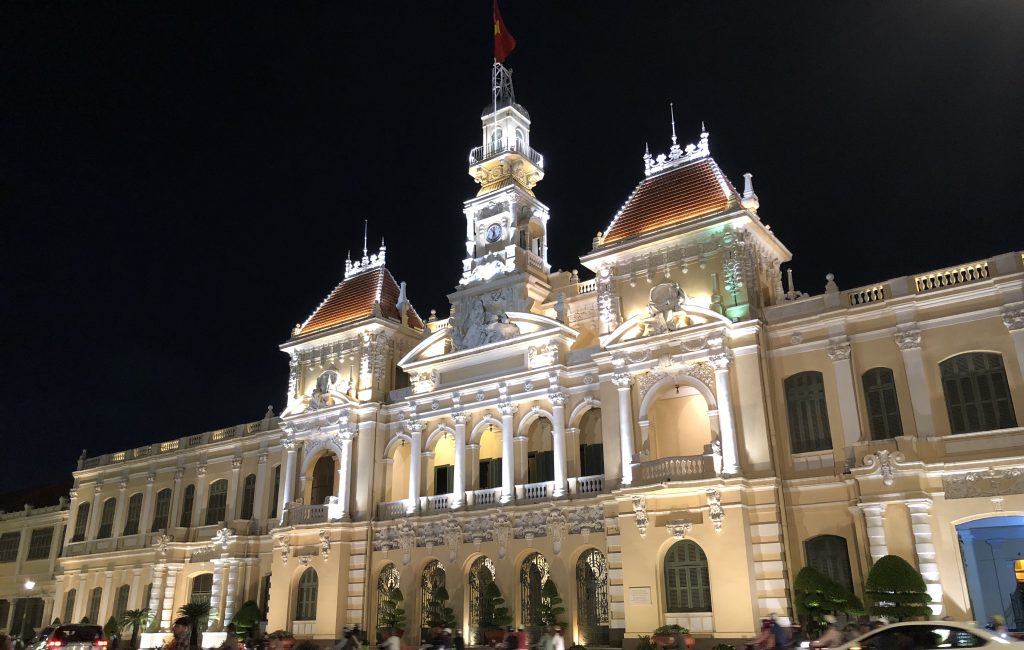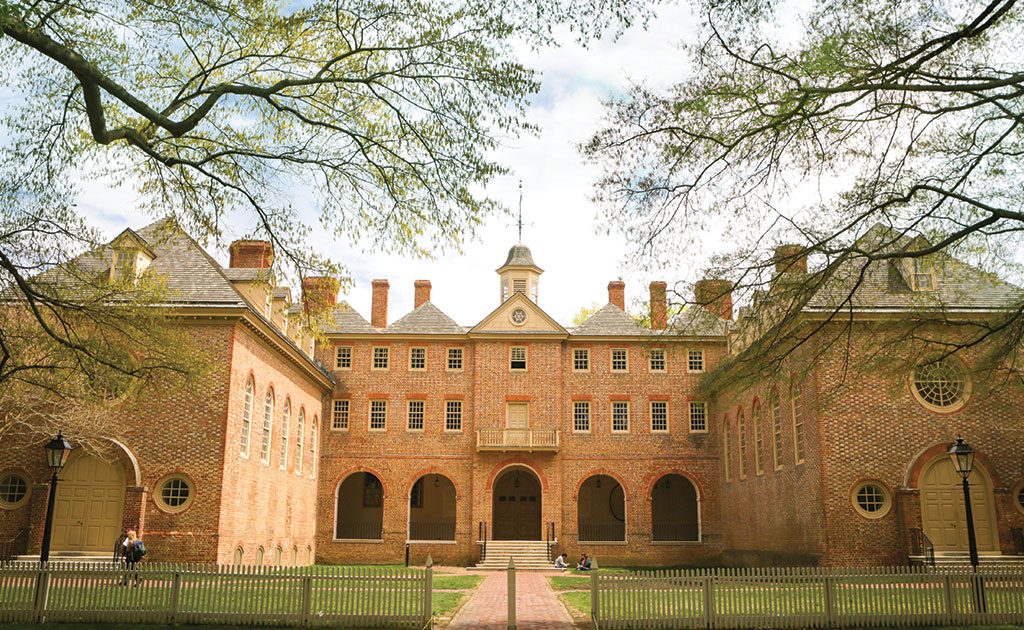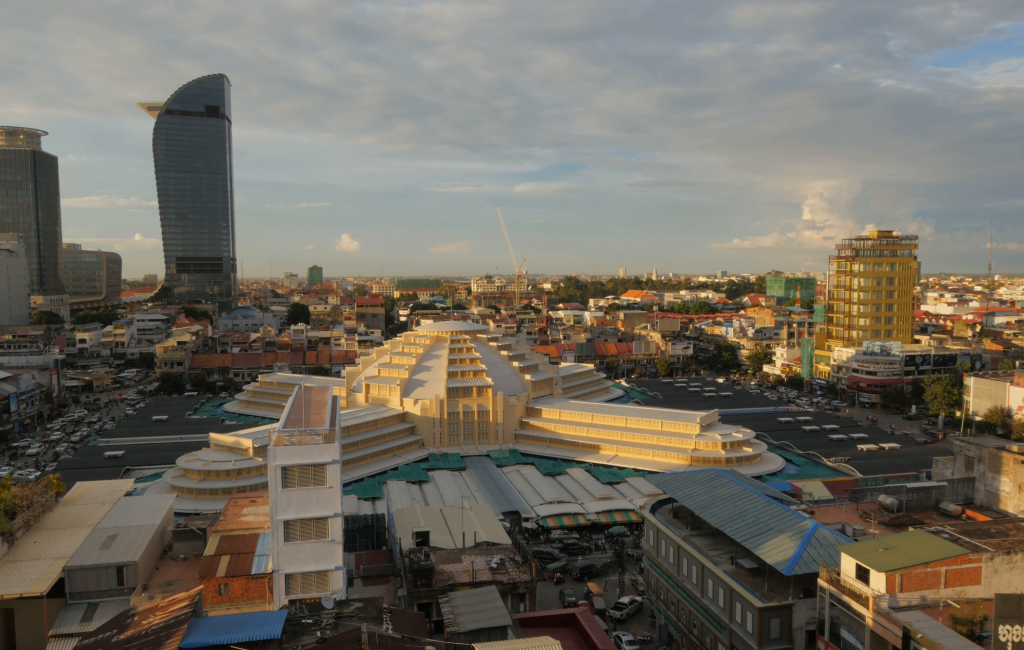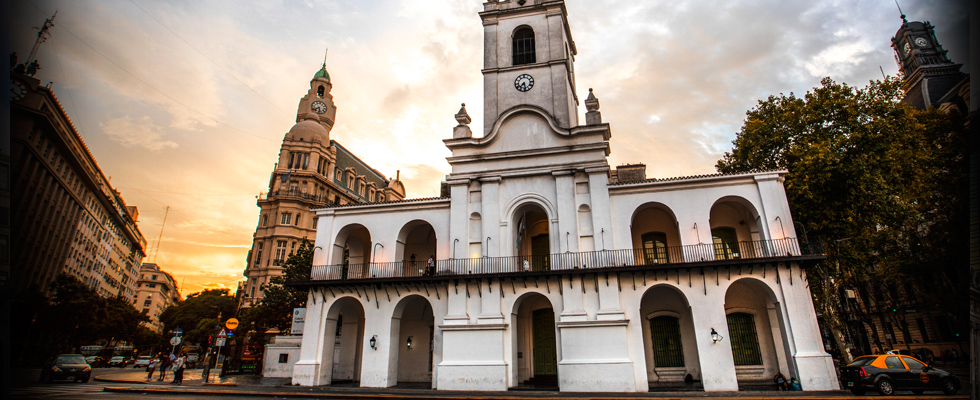
The FIFA World Cup brings together nations and people unlike any other event around the globe. During the month of June and July every four years, you might see an Australian and Peruvian or a Dane and a Brazilian enjoying their time together before or after a match. The tournament transcends race and culture, and people are united in celebrating the beautiful game.
Finally, the 2018 World Cup is upon us, taking place in Russia. Every country participating holds something special and unique to their culture, including architecture. I’ll be highlighting the best colonial structure from each of the 32 nations represented, and if the country does not have any, I’ll showcase the best historical and/or classical building.
Group D is the fourth in an 8 part series (Group A, Group B, Group C), featuring architecture from countries with a population of 330,000 in Iceland to 45,000,000 in Argentina.
Iceland – Parliament Building, Reykjavik
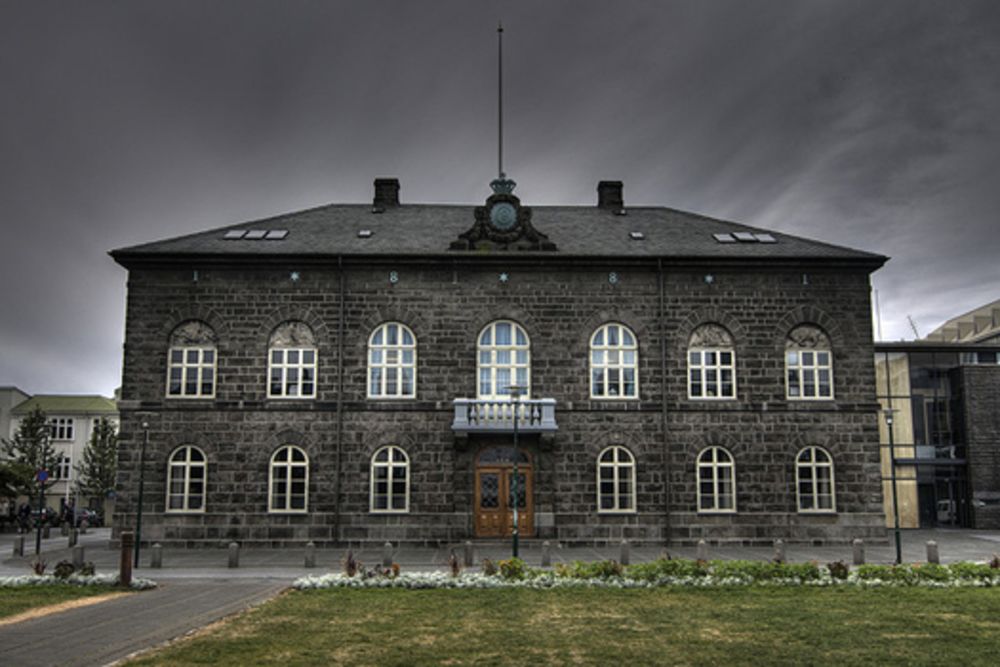
The neoclassical, stone Parliament Building in Reykjavik was constructed in 1881. However, Iceland’s Parliament, called the Althing, is one of the oldest parliaments in the world, founded in the 10th century. Built with donations from the public, the three story structure also housed the National Library, Archives, Gallery, and Museum at the time of opening.
Argentina – Cabildo, Buenos Aires

Buenos Aires’ Cabildo, ‘council’ in Spanish, is the classic colonial structure of Argentina, originally built in 1610 under the Spanish Viceroyalty of the Rio de la Plata as a place designated to ruling the town. The building was reconstructed in 1682 as a large, two story structure with 11 arches and a more imposing central tower. The May Revolution brought independence to Argentina from Spain, and the Cabildo became an important administrative building for the new nation.
Croatia – Zagreb Cathedral, Zagreb
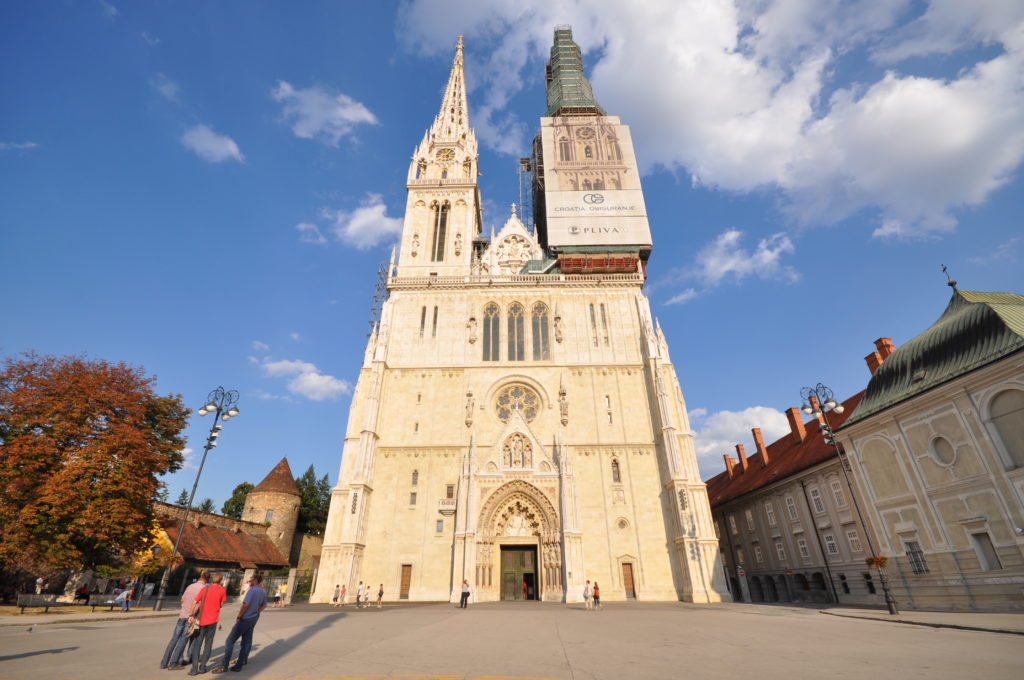
The most important place of worship in Croatia is the Zagreb Cathedral, and the church has been ingrained in the culture of the country for over 700 years. A landmark of the city, the neo-Gothic structure happens to be the tallest building in Croatia at 354 feet tall.
Nigeria – Mapo Hall, Ibadan
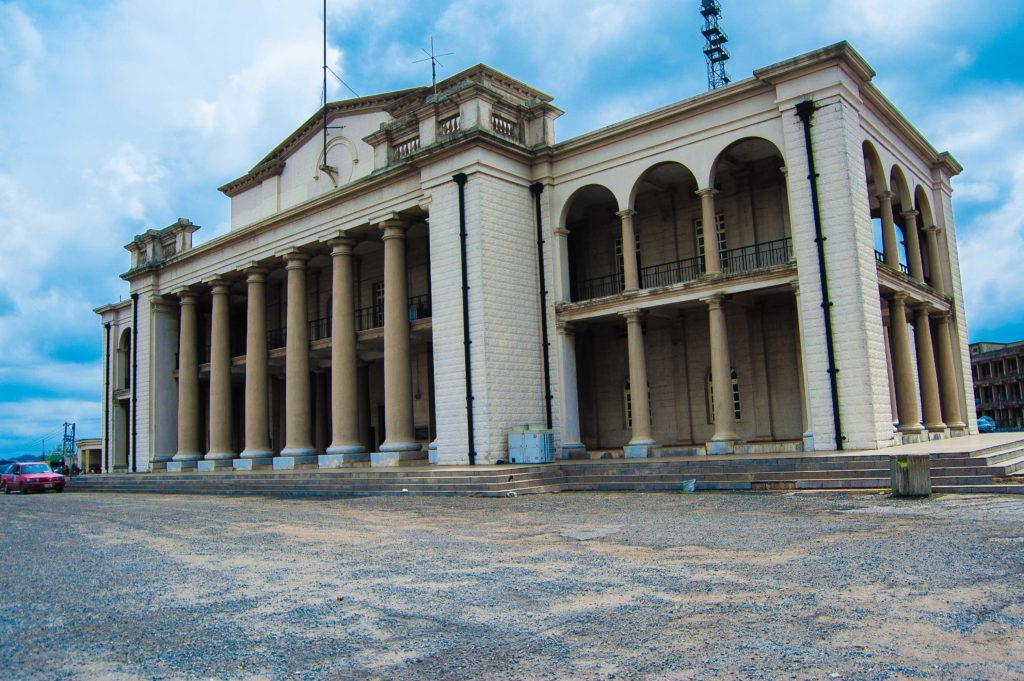
The quintessential colonial structure in Nigeria, Mapo Hall, was constructed in 1929 under British rule. The iconic, neoclassical building acted as the Ibadan City Hall, which at the time was Nigeria’s largest city. Mapo Hall was renovated in 2008, and is now the premier social center of the city.
Note: Buildings are judged on 1. Historical significance, 2. Architectural design, 3. Importance to community, and 4. Impression and aura. Let me know in the comments if you think I made a mistake or who you’re rooting for in the World Cup!
Latest posts by Doug Chesney (see all)
- 48 Hours in Ho Chi Minh City, Vietnam - November 9, 2018
- The Nine Colonial Colleges - October 3, 2018
- Top 10 Colonial Buildings in Phnom Penh - September 12, 2018

